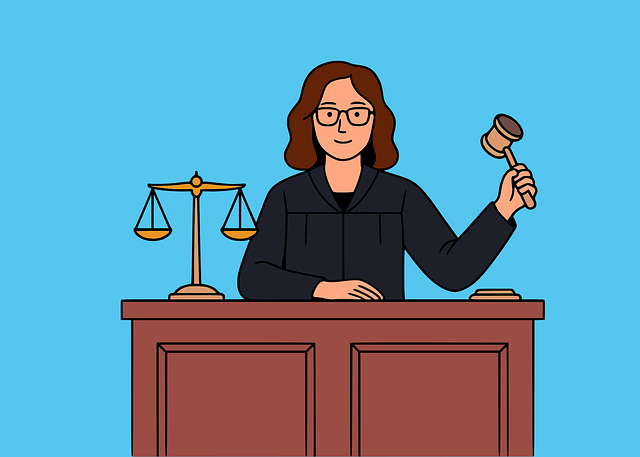Wrongful death medical malpractice arises from a healthcare professional's failure to meet accepted standards of care, leading to patient harm or death. It includes misdiagnosis, improper treatment, and lack of informed consent. Proving such cases requires understanding duty of care, breach, evidence (records, opinions), causation, and local laws. Compensation may include economic and non-economic damages, with punitive damages in severe cases. Families affected should consult a lawyer specializing in medical malpractice to explore their rights and options.
In the intricate relationship between doctors and patients, negligence can have devastating consequences. When medical professionals fail to meet the required standard of care, it may lead to tragic outcomes, including wrongful death. This article delves into the complexities of wrongful death medical malpractice, exploring critical elements that constitute such cases. We’ll guide you through understanding the key aspects of proof, the legal implications, and the compensation available to families affected by these devastating incidents.
- Understanding Medical Malpractice: When Doctor Negligence Leads to Wrongful Death
- Key Elements Proving a Case of Wrongful Death Due to Medical Mistakes
- Legal Implications and Compensation for Victims' Families
Understanding Medical Malpractice: When Doctor Negligence Leads to Wrongful Death

Medical malpractice occurs when a healthcare professional fails to adhere to the accepted standards of care, resulting in injury or harm to a patient. This can take many forms, but one of the most severe consequences is wrongful death—the loss of a life due to a doctor’s negligence. When faced with such tragic circumstances, families must understand their rights and options, especially when seeking justice through a wrongful death medical malpractice lawsuit.
Doctors are held to a high standard of care, and any deviation from this can have devastating outcomes. This includes misdiagnosis, improper treatment plans, medical errors, or failure to obtain informed consent. If a doctor’s negligence directly causes or contributes to a patient’s death, it may constitute medical malpractice. Families affected by such incidents may consider consulting a truck accident lawyer specializing in medical malpractice cases, especially if the negligence occurred within an employment setting, as employment contracts often include provisions related to dispute resolution and liability.
Key Elements Proving a Case of Wrongful Death Due to Medical Mistakes

Proving a case of wrongful death due to medical malpractice requires a thorough understanding and demonstration of several key elements. Firstly, it is essential to establish that there was indeed a duty of care owed by the healthcare provider to the patient. This duty implies a level of expertise and competence expected from the doctor in their treatment. Secondly, legal experts must demonstrate a breach of this duty, where a medical professional deviates from accepted standards of practice, leading to an adverse outcome for the patient.
Evidence is pivotal in such cases; medical records, expert opinions, and eyewitness testimonies can all contribute to proving the malpractice. In wrongful death claims, demonstrating causation—a direct link between the doctor’s negligence and the patient’s harm or death—is critical. This often involves complex medical discussions and explanations to illustrate how a different course of action could have resulted in a positive outcome, thereby highlighting the negligence and its consequences. These elements form a strong foundation for building a compelling case surrounding medical malpractice and its devastating impact on lives.
Legal Implications and Compensation for Victims' Families

When a doctor’s negligence results in wrongful death due to medical malpractice, the legal implications are significant. Victims’ families often face a complex and challenging journey as they navigate through the court system, seeking justice and compensation for their loss. The first step is to understand the specific laws regarding medical malpractice claims in their jurisdiction. Each region has its own set of statutes that govern such cases, outlining the time limits for filing suits and the requirements for proof.
Compensation for wrongful death typically includes economic damages, which cover funeral expenses, lost wages, and any outstanding medical bills. Additionally, non-economic damages may be awarded to acknowledge the family’s emotional suffering, loss of companionship, and the impact on their daily lives. In severe cases, punitive damages might also be sought to deter similar instances of negligence. While homeowner insurance claims or property damage claims are unrelated to this context, injury compensation is a crucial aspect in ensuring that victims’ families receive adequate support during their time of grief.
Medical negligence that results in wrongful death is a severe breach of trust between doctors and their patients. Understanding the key elements proving such cases, as outlined in this article, is crucial for victims’ families seeking justice and compensation. In light of the devastating impact of medical mistakes, it’s essential to recognize the legal implications and ensure that holding accountable those responsible becomes a priority. By navigating these complex issues, we can foster a healthcare system that prioritizes patient safety above all else, preventing future tragedies in the realm of wrongful death medical malpractice.






